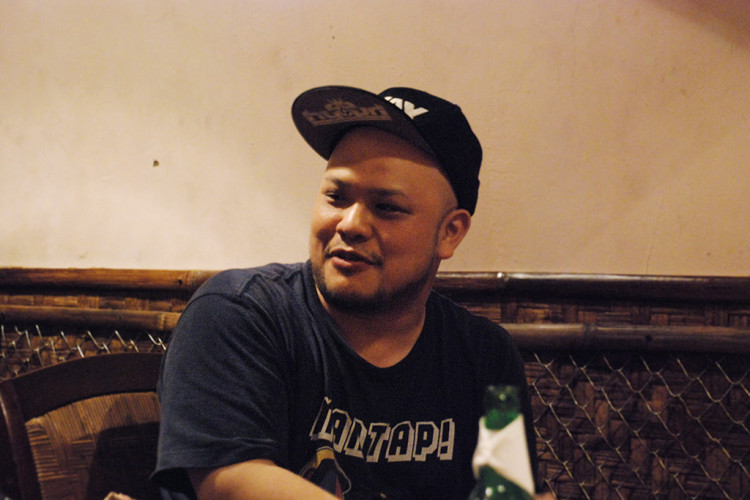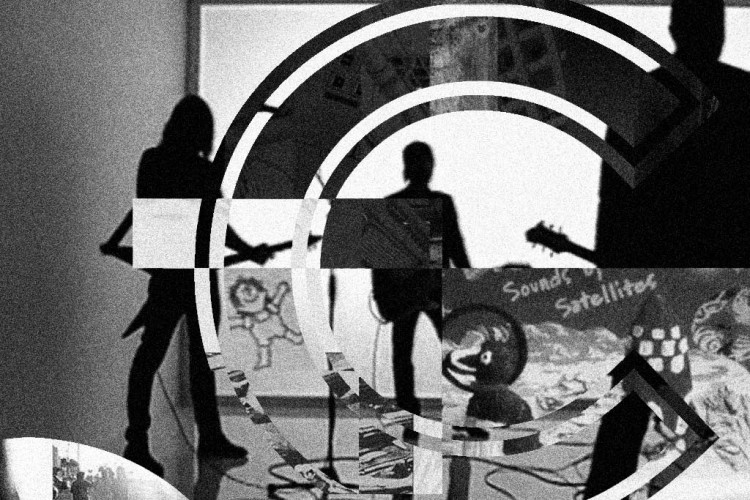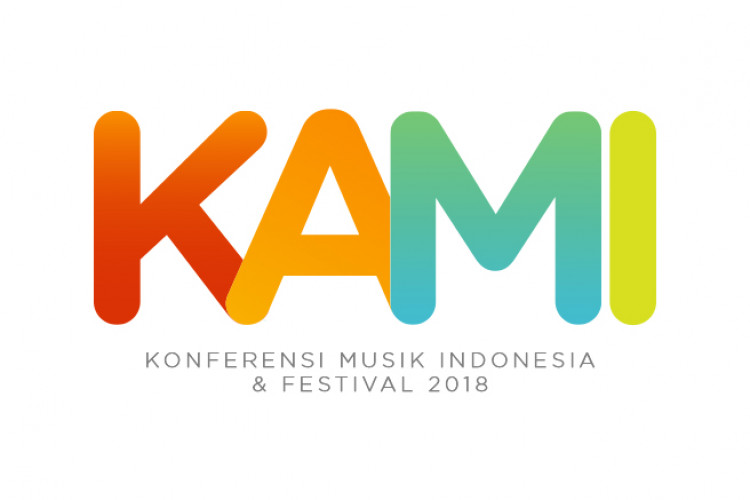Art Fundamentals with Farah Wardani
Muhammad Hilmi (H) talks Indonesian Visual Arts Archive's Farah Wardani (F).
by Ken Jenie
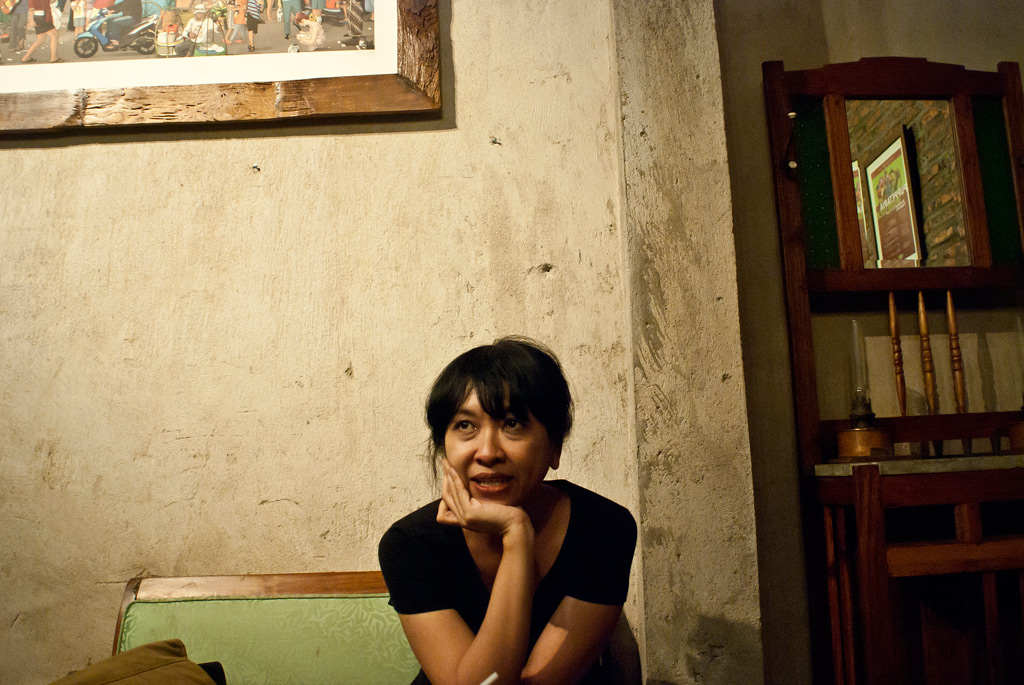
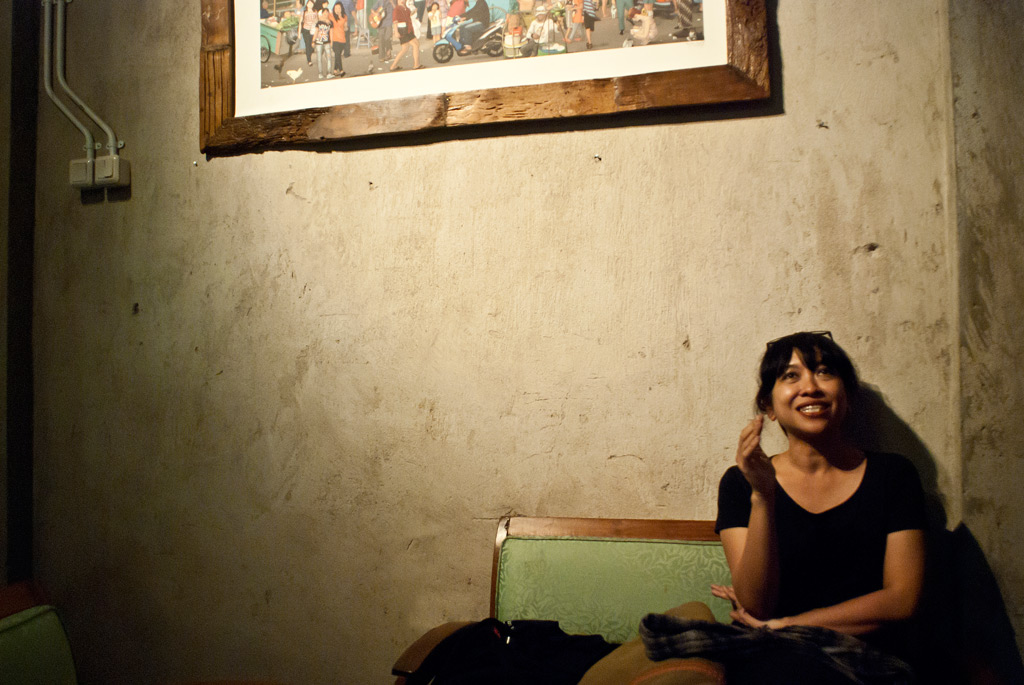
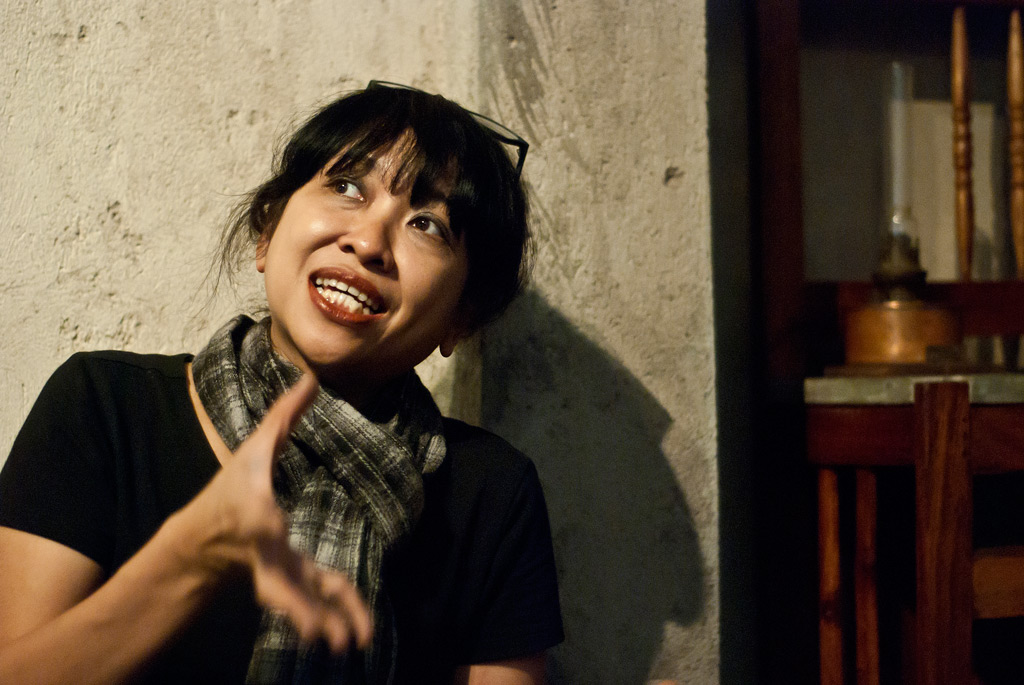
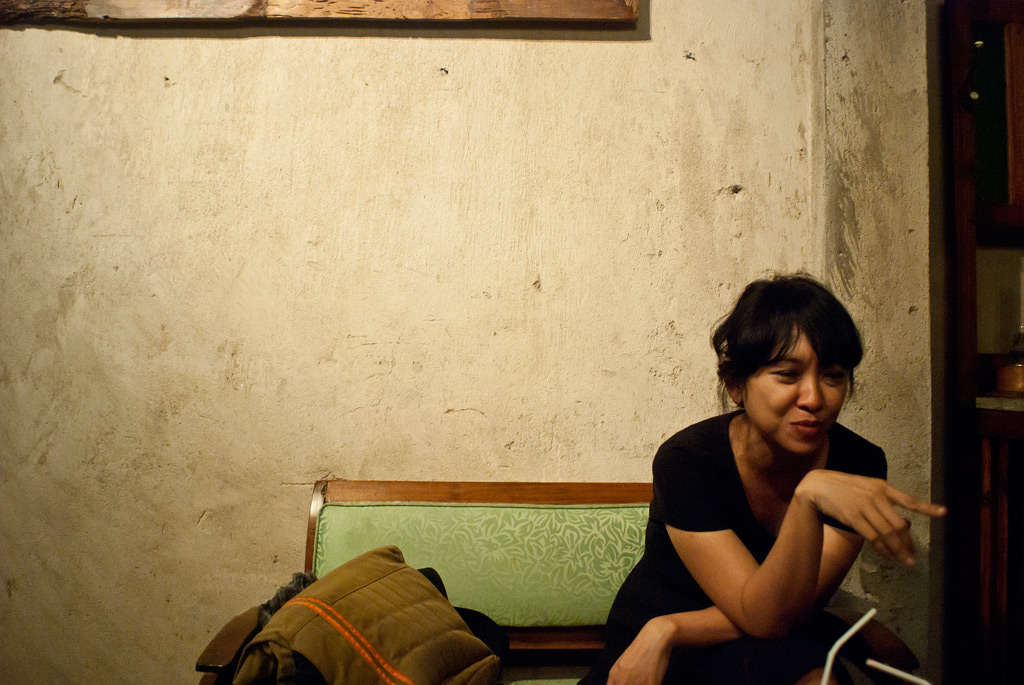
H
What drives you into the world of art?
F
I plunged into the world of art unintentionally. My introduction to art was not a sophisticated one, I was a geek when I was in high school. I was not good at any other subjects besides art. I really enjoyed lessons that included creative processes like drawing and writing. In the 90’s, there were not many options for art programs in college, so I turned to design when I graduated from high school, but I wasn’t satisfied with what I learned in that department. I also felt uncomfortable looking at what the alumnis of the design faculty were doing – most of them worked at advertising agencies after they graduated, I did not want that.
Just before I graduated from my college, I got a scholarship to study art history in England. At that time, I still had little understanding of the art world. To me, it was still a distinguished subject. When I started to study art, all of the philosophical material I studied there brainwashed me. My perspective about art was altered drastically, it provoked me to think more about what lies behind an art piece, its creation process, and the grand idea behind art itself.
When I returned to Indonesia, I hung out with the guys from Cemeti Art House in Yogyakarta and Ruang Rupa, which also contributed to how I perceive art now. From that, I started to teach about art in colleges and became a curator for some exhibitions.
The most important chapter of my journey into the world of art was when I moved to Yogyakarta. That was the time I initiated the Indonesian Visual Art Archive (IVAA). It’s been 8 years since that day, and I still feel that IVAA is my best contribution to the Indonesian art world. The Indonesian art world is really different from what it was years ago, there are so many people that are now into the art scene, but I still feel that it is far from ideal. For example, the importance of archiving still is neglected by most people in the scene itself. And though it is a fact that art is essential in daily life, it’s still underestimated – art is still considered a secondary culture product, below sports, or even showbusiness. So IVAA is my way to help build a better scene.
H
So, in a way, IVAA is a critique to the art world?
F
Yes, I think you can say that. Art is a part of human nature, and maybe because of that, people often take it for granted. In Indonesia, we often confronted with a paradox between public art and fine arts. The majority of Indonesians live a “bread and circus” life, where ythey collect food (bread) then you enjoy their banal entertainment (circus). This causes difficulties for fine arts to interact with the people. But no matter what’s happening in society, art will always exist and continue to develop.
H
Do you think that it is important for the artist to build their artworks in a more general way so that people can relate to the arts better? On the other hand, that kind of art sometimes will lower the level of the art world itself…
F
I can understand the paradox, and in this case we can analogize art with music. We have mainstream music that is all catchy, and we have side stream music that has a deeper meaning and specific listeners. This also happens in the world of art – some are pop-art, some are decorative, and some are contemporary, and it’s all fine – art is public domain. We have to build a mapping system for the many types of art in this country and also build a support system for all kinds of art in Indonesia so it will develop in an ideal manner. Now, we already have an art market and also art collectors, the industry is developing in a steady pace. It is a good start, but unfortunately, to rely on the development of that institution only is making art a niche market, not for a larger public.
H
What do you think the main reason behind the lack of archiving of art in this country?
F
I think the education process in this country is making people ignore art as a lifetime project. Most people consider the process being over when the art piece is finished, and fails to recognize the importance of archiving as a part of the art making itself. Sometimes I wonder, is it a part of our culture to think this way, because it happens in many aspects of our lives, it isn’t simply a problem in art. But I still think that we can change that. Living in a modern society, we have to evolve our selves to be able to catch up with the current happenings and also to learn and respect what we have done in the past.
H
So that’s the issue of documenting and archiving data is what the IVAA is trying to tackle.
F
Yes. People talk about the history of Affandi and Raden Saleh all the time, but often fail to support their arguments with factual data and information. We’re aiming to build an open system that is able to provide information regarding the Indonesian art scene. We also have a digital library, where people with internet connections can access our archives. We live in the digital era, and everyone in the art and creative industry have the access to all kinds of information in the world. It is up to them to use the information provided.
H
Does IVAA have the mission to bridge the understanding of art in the society?
F
The number of Indonesians who use our services aren’t many, I think people still prefer contacting the sources directly rather than use our services. We do have a lot of foreigners coming to our library to collect information for their research on the Indonesian art world. And that’s the proof that IVAA is needed.
We don’t have an assortment of programs, but we believe that our archive could help people understand more about the Indonesian art scene.
H
How does the IVAA’s archiving system operate?
F
Most of them are submitted, and we had a project to collect visual art archive across the nation with Galeri Nasional. So that’s really helped us to have a wider view to look at the Indonesian art world. The submission also goes through a selection process so that our collection will be relevant as a source of information.
H
How is the art scene outside the popular areas like Java?
F
It is quite interesting, actually. In areas like Kalimantan, there are a lot of artists whose art projects develope into ethnic merchandise. But to talk about the contemporary art scene, it is still very limited. We do have a solid platform for art in places like Makassar, Padang, Medan, Pontianak, Samarinda, Balikpapan, and Manado – they have a specific character in every area. For example, Makassar has a strong film and activism in their art scene, Padang has a strong intellectual character, etc.
H
What is your opinion regarding the development of art literature in Indonesia?
F
I always feel resentful towards people who complain about the lack of art literature in Indonesia. We have a lot of it, they just don’t care much about them, or in some cases, are only distributed to limited places. The quantity of art literature in Indonesia is not a problem, it is a different case if we discuss about the quality. But again, it is so sad to hear people complaining about the existence of Indonesian art literature when there’s so much of it.
H
So there’s another problem to solve before we talk about the quality of those literatures?
F
I think distribution is one of the main issues here. But the lack of attention from people to know and to learn about the literature is also a homework for us as a society.
For me, the best era of Indonesian art literature happened in the late 90’s. Maybe it was because our socio-political state was on the verge of change, the quality of art literature was really at its peak. That is the moment where people finally recognized the function of art as a media for public needs. Now, we live in a media-crazed society, where everybody can write, and become an artist. For me, it is quite interesting to ask about what the position of art and media is in this kind of society.
H
What is your opinion on the recent phenomenon where public perceives an art piece as a “selfie-material” only?
F
I can understand the artist’s discomfort to have their art work perceived only as background for selfies, that art has become banal tourist objects. But we have to see this phenomenon in a larger picture. This phenomenon shows us that the public are now more interested in attending art events, and that’s a good thing for the art scene itself.
H
What’s in the future for Farah Wardhani?
F
I’ll be representing Indonesia in Venice Biennale [since the interview, Farah announced that she stepped down from the position], and we’re preparing to have a translation project for IVAA’s archive collection, so that our archive can reach a wider set of public.








